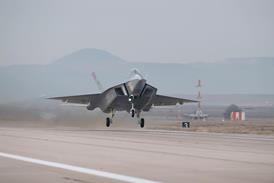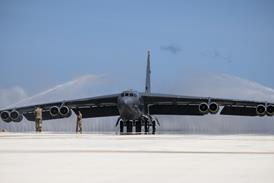FlightGlobal is the global aviation community’s primary source of news, data, insight, knowledge and expertise. We provide news, data, analytics and advisory services to connect the aviation community globally and help organisations shape their business strategies, identify new opportunities and make better decisions faster.
Bracing for the future: why landing gear specialist SLS is focused on fuel-burn

Safran Landing Systems may not receive the same level of attention as other parts of the French aerospace group but with one aircraft touching down every second on the company’s landing gear its importance cannot be overstated and the firm continues to prepare for the future, pioneering new technologies at a site in Velizy near Paris.
Keep reading this article by becoming a FlightGlobal member now
PLEASE REGISTER FOR FREE OR SIGN IN TO CONTINUE READING

You have reached your limit of free articles for this period. Register for a FREE account to read this article and benefit from:
- Increased access to online news and in-depth articles from:
- FlightGlobal Premium covering the global aviation industry
- Airline Business providing insight for business leaders
- Weekly newsletters on topics across the industry





















